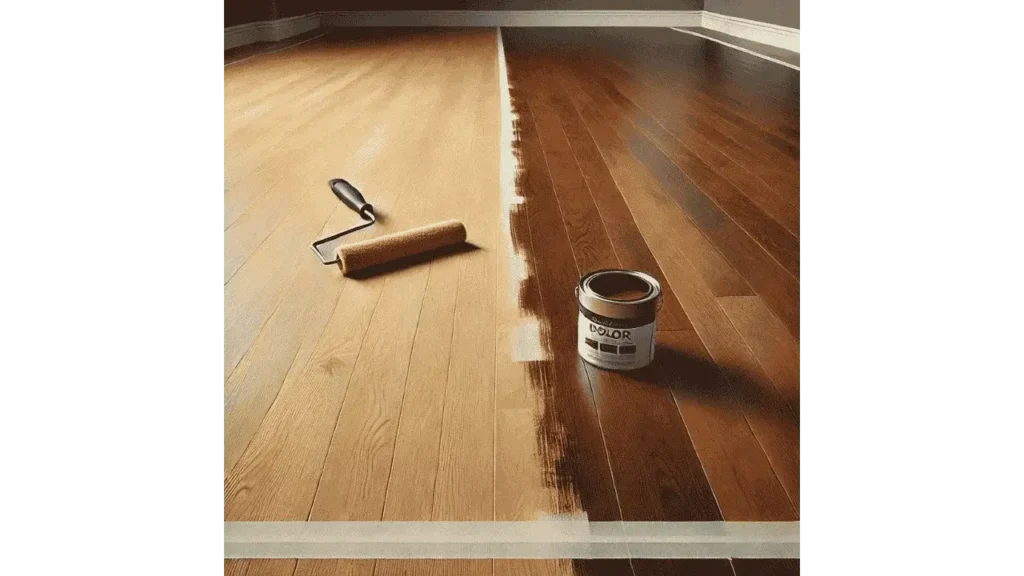Wood floors add timeless beauty and warmth to any home, but over time, their color might not match your evolving style. Many homeowners wonder if it’s possible to change the color of their wood floors without completely replacing them. The good news is that with the right techniques, you can transform the look of your wood flooring to better suit your space. This guide will explore how to change the color of wood floors, the methods available, and important factors to consider.

Is It Possible to Change the Color of Wood Floors?
Yes, you can change the color of wood floors through sanding and staining. This process works best on solid hardwood floors and some engineered wood floors with a thick enough wear layer. However, pre-finished or laminated wood floors cannot be stained due to their protective coatings. Understanding your floor type is the first step before starting the color-changing process.
Methods to Change the Color of Wood Floors:
Sanding and Staining
Sanding removes the existing finish and exposes the bare wood, allowing a new stain to be applied. This method offers the most flexibility, letting you choose from a wide range of stain colors to achieve the desired look.
Whitewashing or Pickling
Whitewashing gives wood floors a lighter, more rustic appearance. This method involves applying a diluted white paint or stain to soften the natural color of the wood, perfect for achieving a coastal or farmhouse style.
Dark Staining
For a more dramatic transformation, dark stains like espresso or ebony can create a sleek and modern look. Dark stains also help to hide imperfections but may show dust and scratches more easily.
Bleaching or Gray Washing
Bleaching wood floors involves lightening the natural color to create a modern, pale wood look. Gray washing gives floors a cool, contemporary feel, making spaces appear larger and brighter.
Factors to Consider Before Changing the Color:
Type of Wood
Certain wood species absorb stain differently. Oak and maple stain well, while exotic woods like cherry or mahogany may not stain evenly.
Floor Thickness
Solid hardwood floors can be sanded and stained multiple times, while engineered floors with a thin wear layer might only be stained once or not at all.
Desired Finish
The final look depends on the stain color, finish type (matte, satin, or gloss), and how the stain is applied. Testing stain samples on a small area is recommended.
Professional vs. DIY
While staining can be a DIY project, hiring a professional ensures an even application and prevents costly mistakes, especially for complex finishes.
How to Change the Color of Wood Floors?
Step 1: Prepare the Floor
Clear the room of furniture and clean the floor thoroughly. Sand the floor to remove the existing finish, exposing the bare wood.
Step 2: Apply the Stain
Test your chosen stain color in a small, hidden area. Once satisfied, apply the stain evenly with a brush or cloth, following the wood grain. Allow it to dry fully.
Step 3: Seal the Floor
Apply a protective finish, such as polyurethane, to seal the stain and protect the floor. Choose between matte, satin, or gloss finishes for the desired effect.
Step 4: Let It Cure
Allow the finish to cure completely before moving furniture back in. This step is essential to ensure durability and longevity.
Conclusion
Changing the color of wood floors is a great way to refresh your home’s look without the expense of replacing the flooring. Whether you choose to lighten with whitewash, darken with deep stains, or go bold with a custom finish, understanding your floor type and following proper techniques will lead to stunning results. For long-lasting beauty, consider consulting a professional to achieve the perfect finish for your space.
